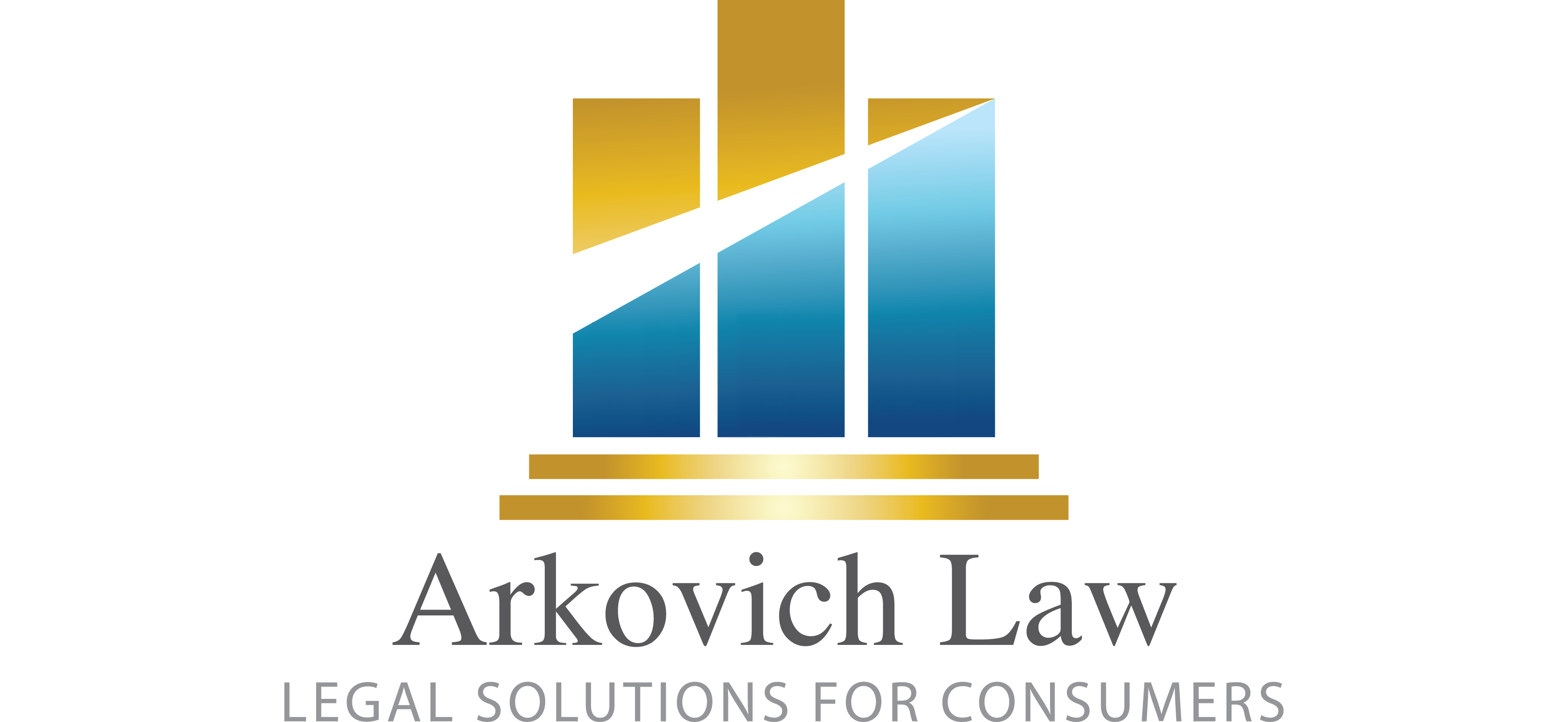 I’m sharing this here — it’s also being provided to our fellow attorneys signing up for our NACA webinar today at 2:00 p.m.
I’m sharing this here — it’s also being provided to our fellow attorneys signing up for our NACA webinar today at 2:00 p.m.
Helping your clients take their lives back from their student loans sometimes involve bankruptcy related solutions. While filing bankruptcy has typically NOT been helpful for those with overwhelming student loan debt, there is good reason for re-evaluation of that view now. Reducing student loan debt in bankruptcy has become much easier in 2024 due to two new programs rolled out by the Department of Education (“ED”).
First, many full or partial discharges of federal student loans are being awarded due to a new attestation process that went into effect in November, 2022 (the “Guidance”). The rollout of this program was initially slow, but it is quickly picking up speed. The process allows for the Department of Justice (“DOJ”) to work with ED to review and approve circumstances allowing for discharge in a process that is more transparent and consistent, with less burdens placed upon debtors by simplification of the fact gathering process. Instead of traditional discovery such at requests to produce, interrogatories and depositions, the intent is to have the debtor fill out a questionnaire and attest to the hardship and other impositions that repayment of the student loans would create. In this manner, the goal is to be much less expensive and far quicker than a traditional adversary proceeding. Using the Guidance, certain presumptions for discharge now exist that did not exist previously. Assessment of the debtors’ future circumstances and whether ED considers the debtors to have made good faith efforts to repay their student loans still occurs. Once ED reaches a recommendation in accordance with the Guidance, the Court would still need to approve of the outcome. In most circumstances, the Court would likely approve of the parties’ decision to discharge any student loan debt.
 Buy now, pay later options are on the rise. The most popular players in this space – Klarna, Afterpay, Affirm, and Zip – are everywhere. They’re not just options. They’re default features, embedded into the checkout flow of almost every major retailer. Even Door Dash now has options which allow you to pay for your burrito later.
Buy now, pay later options are on the rise. The most popular players in this space – Klarna, Afterpay, Affirm, and Zip – are everywhere. They’re not just options. They’re default features, embedded into the checkout flow of almost every major retailer. Even Door Dash now has options which allow you to pay for your burrito later. Reboot Your Life: Tampa Student Loan and Bankruptcy Attorney Blog
Reboot Your Life: Tampa Student Loan and Bankruptcy Attorney Blog



